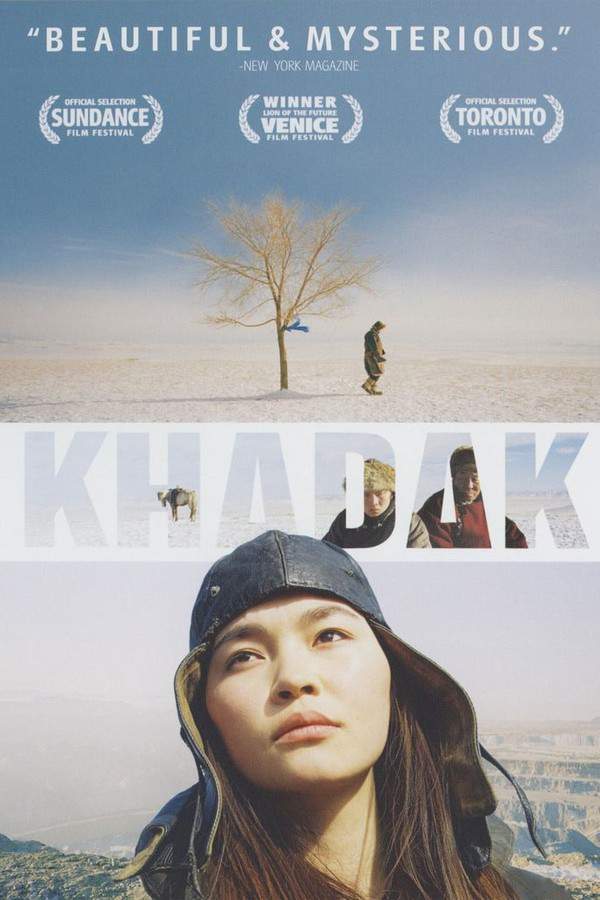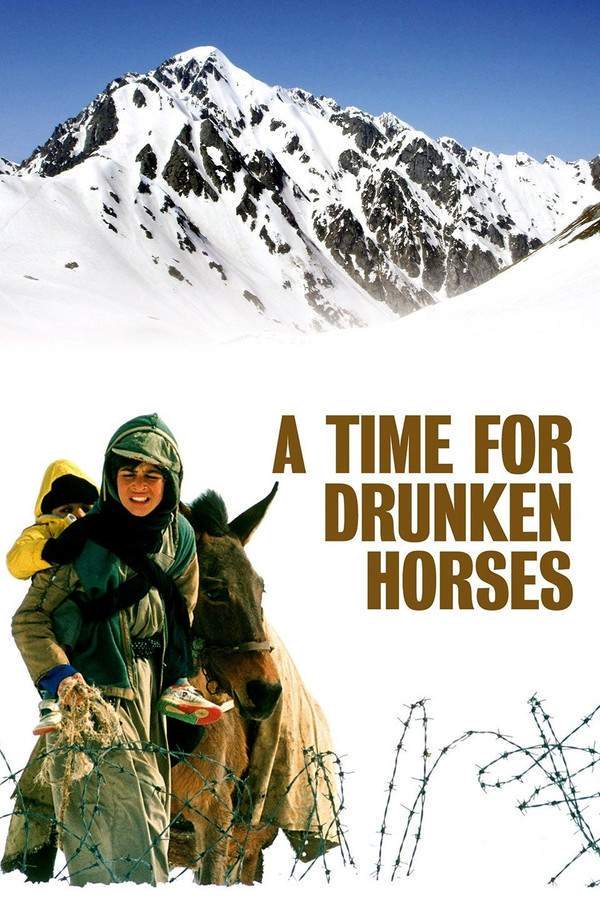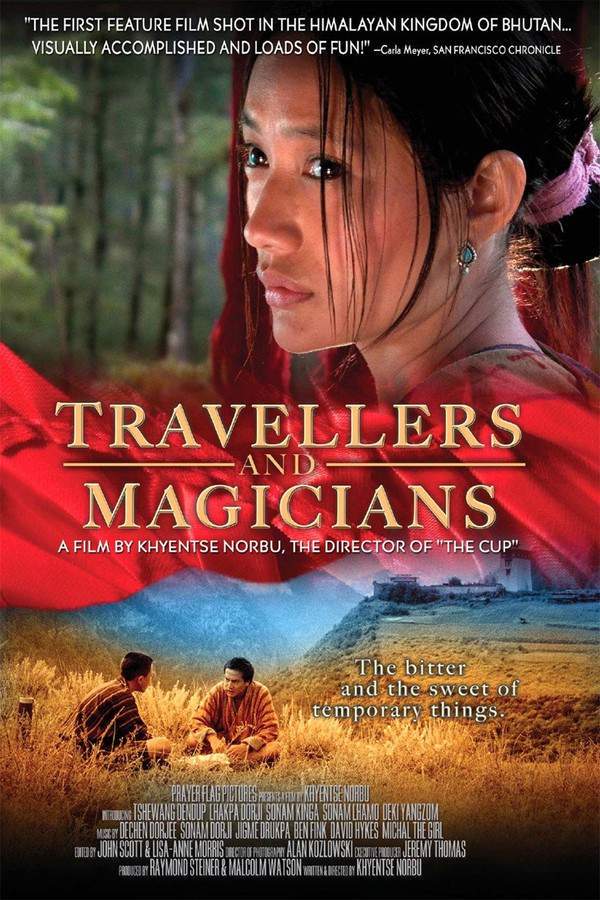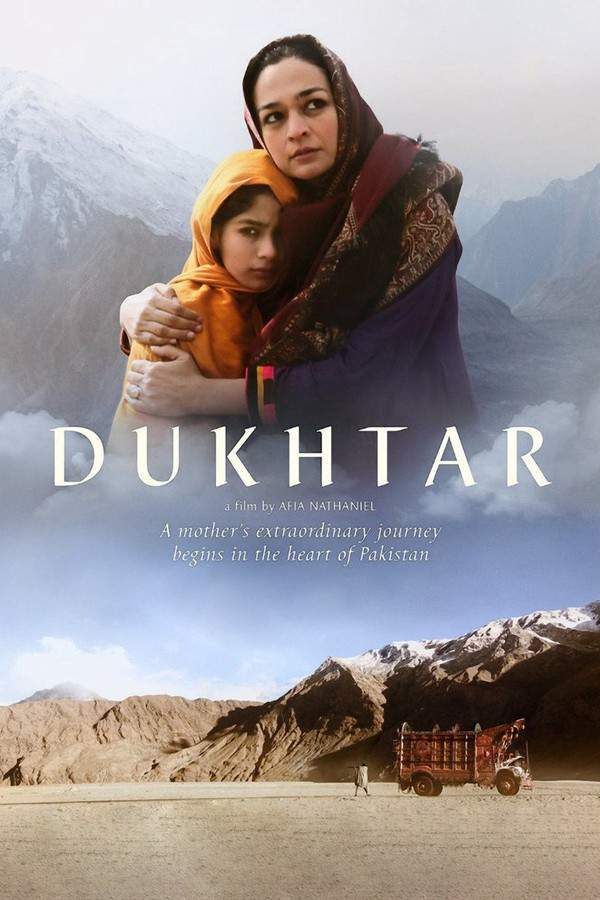
Khadak 2007
Directed by

Jessica Hope Woodworth
Made by

Lifesize Entertainment
Khadak Plot Summary
Read the complete plot summary and ending explained for Khadak (2007). From turning points to emotional moments, uncover what really happened and why it matters.
The film opens with a poignant scene of a young woman named Zolzaya (Tsetsegee Byamba) as she stares deeply into the camera and counts to twelve, repeating the number three times before tears fill her eyes. Meanwhile, Bagi (Batzul Khayankhyarvaa) is listening closely as a woman recounts his personal history. She shares that before his birth, each citizen received fresh apples weekly, distributed from the skies by pilots as part of a revered tradition in their community. One of those pilots was Bagi’s father, and the postal worker was Bagi’s mother. She speaks with a heavy heart, noting how Bagi’s father was never meant to fly, suggesting a predestined path he denied.
As the narrative unfolds, we are transported to various striking visuals: a lone blue ribbon tied around a tree, fish gliding beneath the ice of a small lake, and Bagi’s interactions with his family members, including his grandfather (Banzar Damchaa), his mother (Dugarsuren Dagvadorj), and a shamaness (Tserendarizav Dashnyam) whose arrival is awaited after a troubling episode involving Bagi. In a moment of crisis, after experiencing a seizure while searching for a missing sheep, the shamaness intervenes. Her ethereal presence guides him on a mystical journey where she echoes words filled with ancient wisdom.
As the film progresses, the harsh reality sets in when an army jeep arrives, insisting the family evacuate due to a dangerous plague. Bagi’s family is forced to leave their homeland and their beloved pony amidst rising tensions and grief. Bagi’s poignant farewell to his pony, “under the sky, upon the earth, only the wind can ride you now,” embodies the heartbreaking nostalgia of their displacement.
The following sequences showcase Bagi’s struggle to adjust to life in a coal mining community, as he navigates loss, hardship, and his family bonds with his grandfather, who reminisces about their shared dreams and heritage. The shamaness remains a haunting reminder of the cultural connections they are losing.
Amidst this turmoil, Bagi experiences fleeting moments of joy, such as when he rescues Zolzaya from being buried alive under a pile of coal. Their journey intertwines as they navigate the challenges of their new lives, with Zolzaya’s hope shining through their trials and the belief that her brother will come to save her.
Bagi is tormented by visions of the past and the burdens of his ancestors, the shamaness’s presence remaining a constant guiding force. His connection to Zolzaya grows as they manifest their desires for freedom, resisting societal constraints and reviving the spirits of their homeland.
In a climactic scene, Zolzaya and Bagi lead their fellow prisoners in the defiance of their captors using mirrors to blind the soldiers, illustrating their fervent wish for liberation. The subsequent turmoil reveals the community’s strength as they reclaim their lost animals, echoing themes of survival and unity.
The film culminates in a powerful gathering around the tree adorned with blue ribbons, where Zolzaya experiences a moment of transcendence, tying her heart to her heritage as she finds solace in Bagi’s unwavering support. The powerful imagery and emotional resonance throughout the film culminate in a vivid exploration of identity, legacy, and the unbreakable bonds of family, even in the face of destruction. The poignant recounting leaves a lingering impression of hope and resilience against a backdrop of despair.
Khadak Timeline
Follow the complete movie timeline of Khadak (2007) with every major event in chronological order. Great for understanding complex plots and story progression.
Zolzaya's Heartfelt Countdown
The film begins with Zolzaya, a young woman, staring into the camera and counting to twelve. Repeating the number three times, tears fill her eyes, indicating deep emotional turmoil that sets a somber tone for the story.
Bagi's Family History Revealed
As the storyline unfolds, Bagi listens intently to a woman recounting his family's history. She reveals that before his birth, fresh apples were distributed weekly from the skies, illustrating a cherished tradition linking the community and Bagi's father, a pilot.
The Shamaness's Arrival
Bagi experiences a troubling episode while searching for a missing sheep, which leads to the awaited arrival of a shamaness. Her mystical presence guides Bagi through a transformative journey filled with ancient wisdom and cultural significance.
Evacuation Due to Plague
A sudden arrival of an army jeep demands Bagi's family evacuate due to an impending plague threatening their community. The family's grief escalates as they are forced to leave their homeland and their beloved pony, a symbol of their heritage.
Farewell to the Pony
In a heart-wrenching moment, Bagi bids farewell to his pony. His poignant words, 'under the sky, upon the earth, only the wind can ride you now,' encapsulate the deep nostalgia and loss they face in leaving behind their past.
Adjustment to Coal Mining Life
As the story progresses, Bagi struggles to adapt to life in a coal mining community, facing difficulties and the burden of his family's grief. He shares moments with his grandfather, who reminisces about their dreams and the connection to their heritage.
Rescue of Zolzaya
During a moment of danger, Bagi exhibits bravery by rescuing Zolzaya, who is buried alive under a pile of coal. This event cements their bond and symbolizes hope amidst the harsh realities of their lives.
Visions of the Past
Haunted by memories of his ancestors, Bagi endures visions that add to his emotional turmoil. The shamaness provides guidance as he grapples with the pressures of survival and his growing feelings for Zolzaya.
Defiance Against Captors
In a climactic act of rebellion, Zolzaya and Bagi lead their fellow captives in a daring escape attempt. Utilizing mirrors to blind the soldiers, they embody the desire for freedom and solidarity against oppressive forces.
Community Strength and Unity
The ensuing chaos reveals the resilience of Bagi's community as they reclaim their lost animals. This act of collective action showcases their unyielding spirit in the face of despair and hardship.
Gathering Around the Tree
The film concludes with a powerful gathering around the tree adorned with blue ribbons, symbolizing hope and connection to heritage. Zolzaya experiences a moment of transcendence, tied deeply to her roots and Bagi's enduring support.
Exploration of Identity
Throughout the film, themes of identity, legacy, and the bonds of family are vividly explored. The emotional journey reflects resilience against the backdrop of destruction, leaving a lasting impression of hope.
Khadak Characters
Explore all characters from Khadak (2007). Get detailed profiles with their roles, arcs, and key relationships explained.
Zolzaya (Tsetsegee Byamba)
Zolzaya is a young woman imbued with hope and resilience, representing the strength of her people. Throughout the film, she evolves from a figure of despair to one of empowerment, particularly during moments of crisis. Her connection with Bagi intensifies as they both confront their individual and collective struggles, highlighting her crucial role in leading the fight for liberation.
Bagi (Batzul Khayankhyarvaa)
Bagi serves as the emotional core of the story, navigating profound loss while struggling against societal expectations. His character is marked by deep familial ties and a longing to honor his ancestors, which fuels his journey to find meaning and connection. His evolving relationship with Zolzaya underscores the film's themes of unity and strength in adversity.
Khadak Settings
Learn where and when Khadak (2007) takes place. Explore the film’s settings, era, and how they shape the narrative.
Time period
The story unfolds in a time marked by upheaval and change, reflecting the struggles of a community faced with modern threats. The characters navigate their rich traditions while confronting the loss and dislocation brought on by external forces, placing them in a poignant moment of transformation.
Location
Coal mining community, Homeland
The film traverses a stark contrast between Bagi's pastoral homeland and the coal mining community he is forced to inhabit. The rural landscape, once vibrant with life and tradition, is overshadowed by the harsh realities of industrialization. The presence of the blue ribbons tied around trees symbolizes the deep connection to their culture and the memories of a simpler, more peaceful life.
Khadak Themes
Discover the main themes in Khadak (2007). Analyze the deeper meanings, emotional layers, and social commentary behind the film.
🌱
Heritage
The film deeply explores the theme of heritage, showcasing the characters' connections to their roots and the painful consequences of displacement. As Bagi and Zolzaya grapple with their identities, the loss of cultural practices serves to highlight the importance of understanding one’s history. Their journey to reclaim their heritage becomes a powerful narrative of resilience and hope.
💔
Loss
The theme of loss permeates the narrative, illustrated by Bagi’s emotional farewell to his homeland and his pony. This deep-seated sense of grief is compounded by the upheaval of traditional life, as families are torn apart by societal changes. Through Bagi's experiences, the film poignantly articulates how loss can both fracture and strengthen familial bonds.
🪞
Resistance
Resistance against oppression takes center stage in the film as Bagi and Zolzaya rally their community in a defiant stand against their captors. The act of using mirrors to blind soldiers symbolizes their struggle for freedom and the reclaiming of their narrative. This theme reflects the indomitable spirit of the people as they fight for their rights and dignity.
Khadak Spoiler-Free Summary
Discover the spoiler-free summary of Khadak (2007). Get a concise overview without any spoilers.
In the endless white of Mongolia’s frozen steppe, life has always moved to the rhythm of wind, horse hooves, and the quiet reverence of ancient rituals. Here, shamanic knowledge is passed down like a living heirloom, and the vast, open landscape both nourishes and isolates its people. The film paints this world with a stark, lyrical beauty—crystalline ice juxtaposed with the warm glow of firelight in nomadic yurts—while an unseen sickness begins to seep across the land, turning the familiar horizon into a place of uncertainty.
Bagi is a young man whose destiny is intertwined with the sacred role of shaman, trained by elders to listen to the spirits that linger in the wind and the earth. His upbringing is steeped in tradition, yet the looming plague forces him and his family to abandon their ancestral home, leaving behind the pony that once carried his dreams. Zolzaya, unmistakably fierce and unapologetically resourceful, survives by stealing coal in the harsh mining settlements that become a refuge for displaced nomads. Their paths cross in this new, gritty environment, where the clang of pickaxes replaces the soft murmur of the steppe, and the two youths find an unexpected kinship forged from shared loss and a yearning for something beyond survival.
Against this backdrop of cold steel and even colder disease, the story pulses with a quiet, simmering defiance. The tone balances haunting melancholy with a resilient hope, suggesting that the whispers of the old ways may yet stir a movement capable of reshaping the fragile balance between tradition and the encroaching modern world. As Bagi and Zolzaya navigate the stark landscape of exile, the film invites the audience to feel the weight of heritage and the promise of rebellion without revealing the exact shape of the journey ahead.
Movies with Similar Twists and Themes
Uncover films that echo the narrative beats, emotional arcs, or dramatic twists of the one you're exploring. These recommendations are handpicked based on story depth, thematic resonance, and spoiler-worthy moments — perfect for fans who crave more of the same intrigue.
Featured on this page

What's After the Movie?
Not sure whether to stay after the credits? Find out!
Explore Our Movie Platform
New Movie Releases (2025)
Famous Movie Actors
Top Film Production Studios
Movie Plot Summaries & Endings
Major Movie Awards & Winners
Best Concert Films & Music Documentaries
Movie Collections and Curated Lists
© 2025 What's After the Movie. All rights reserved.








